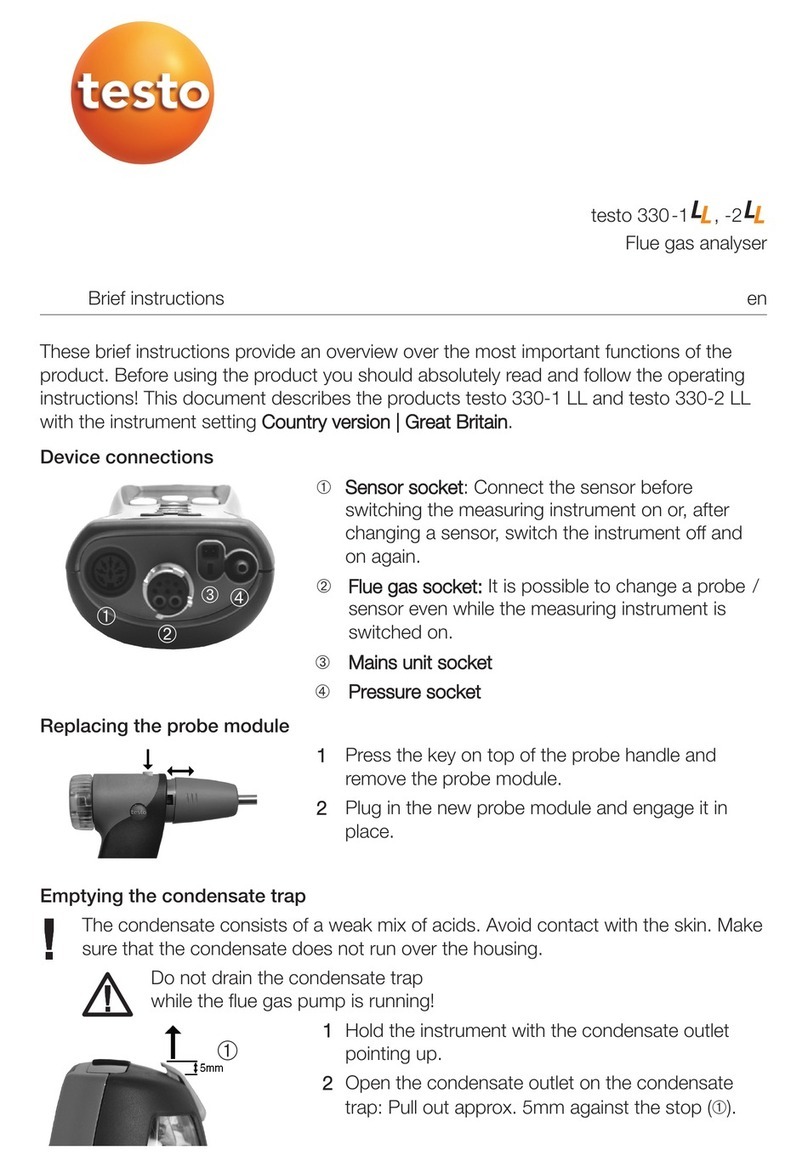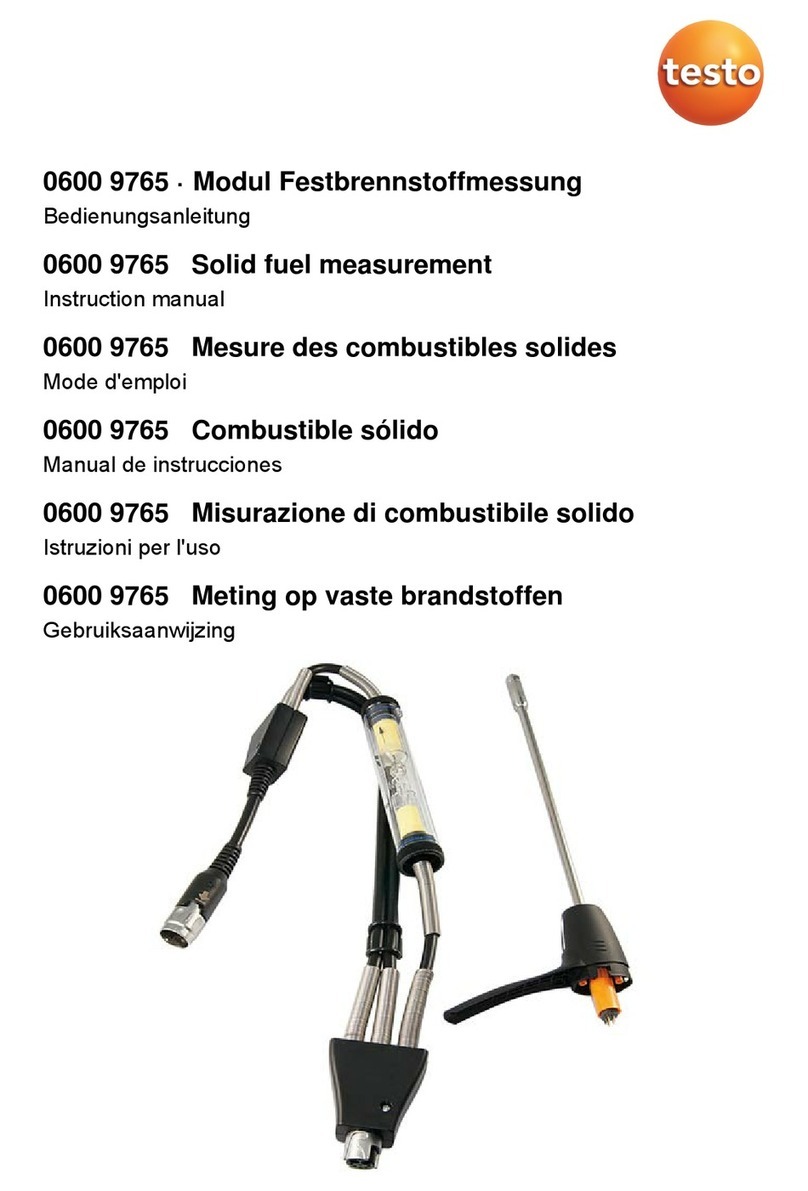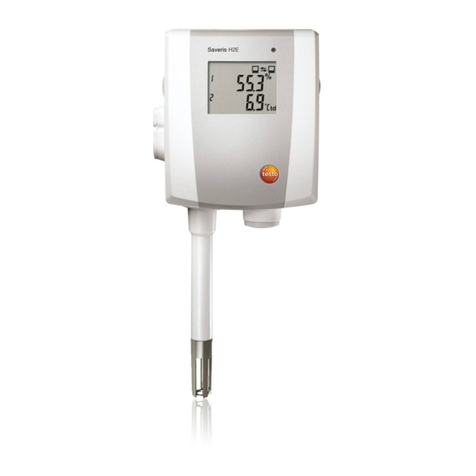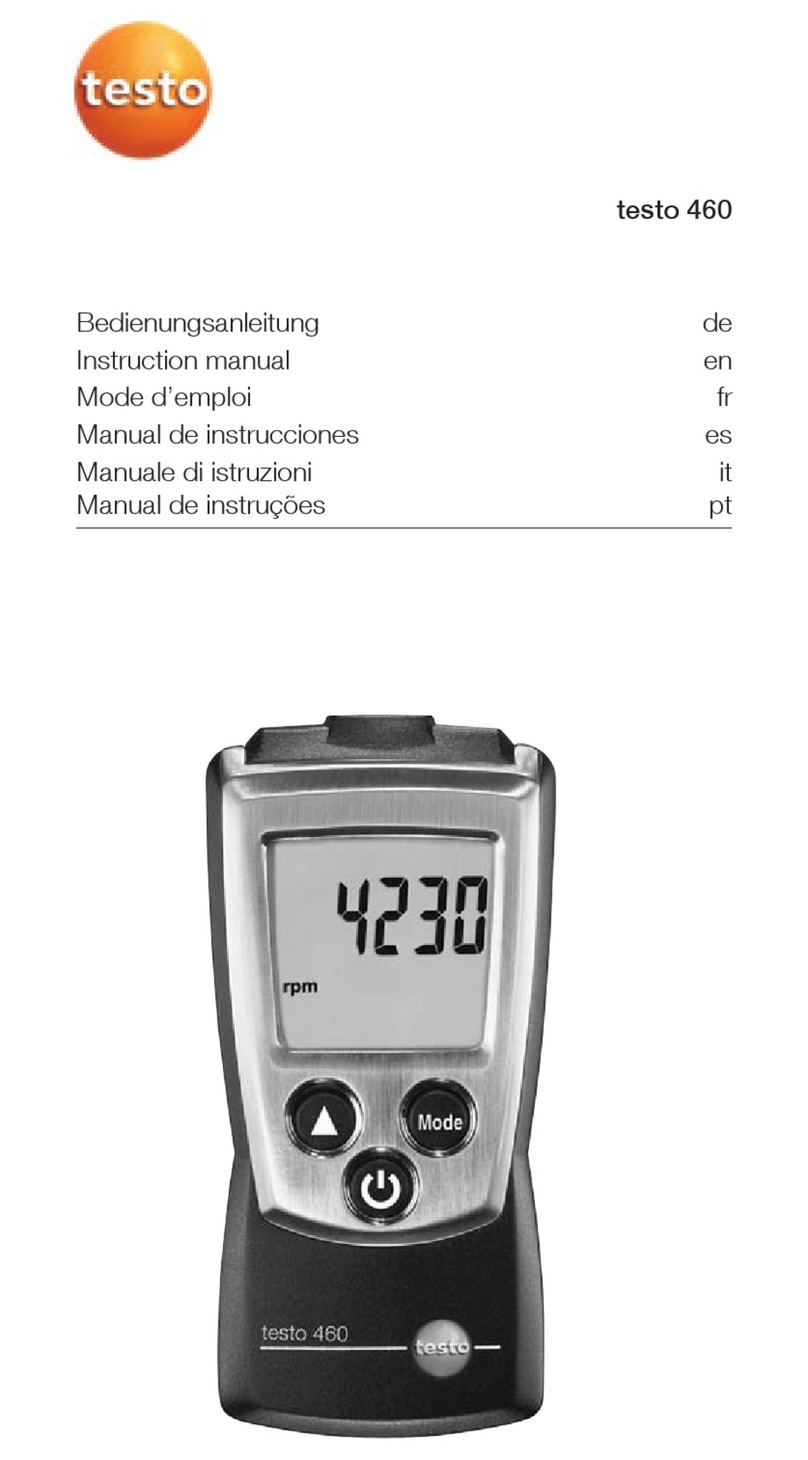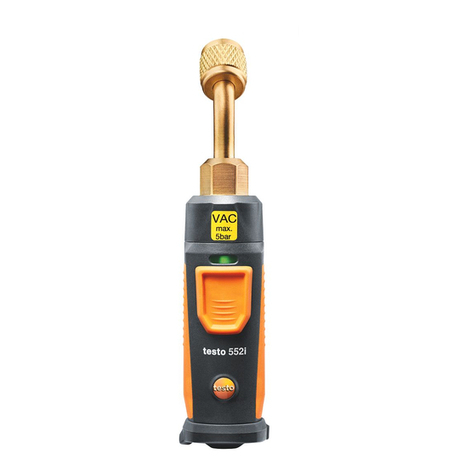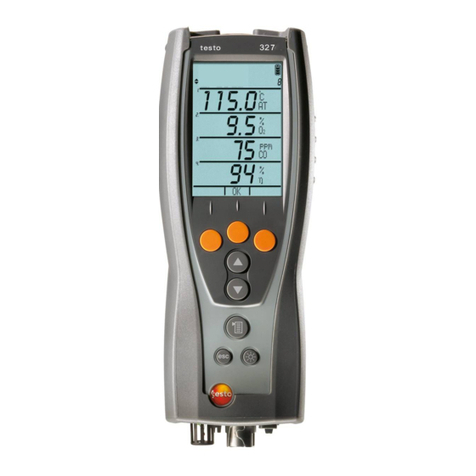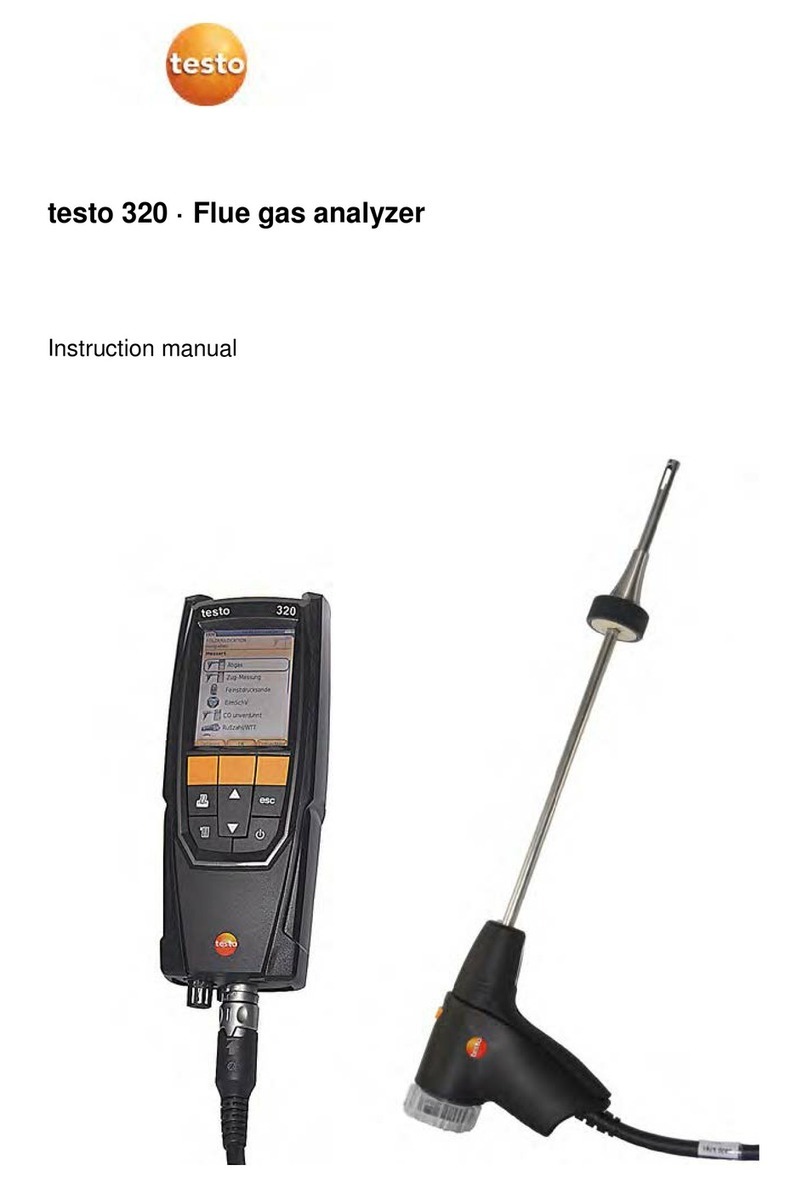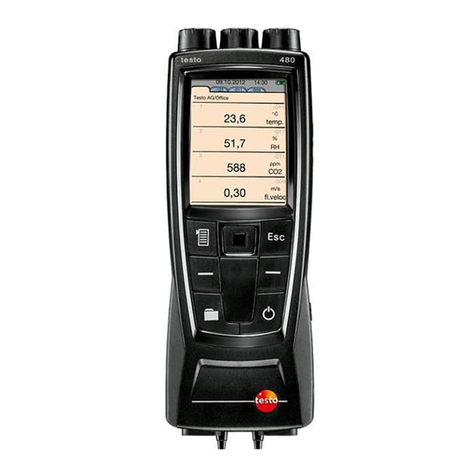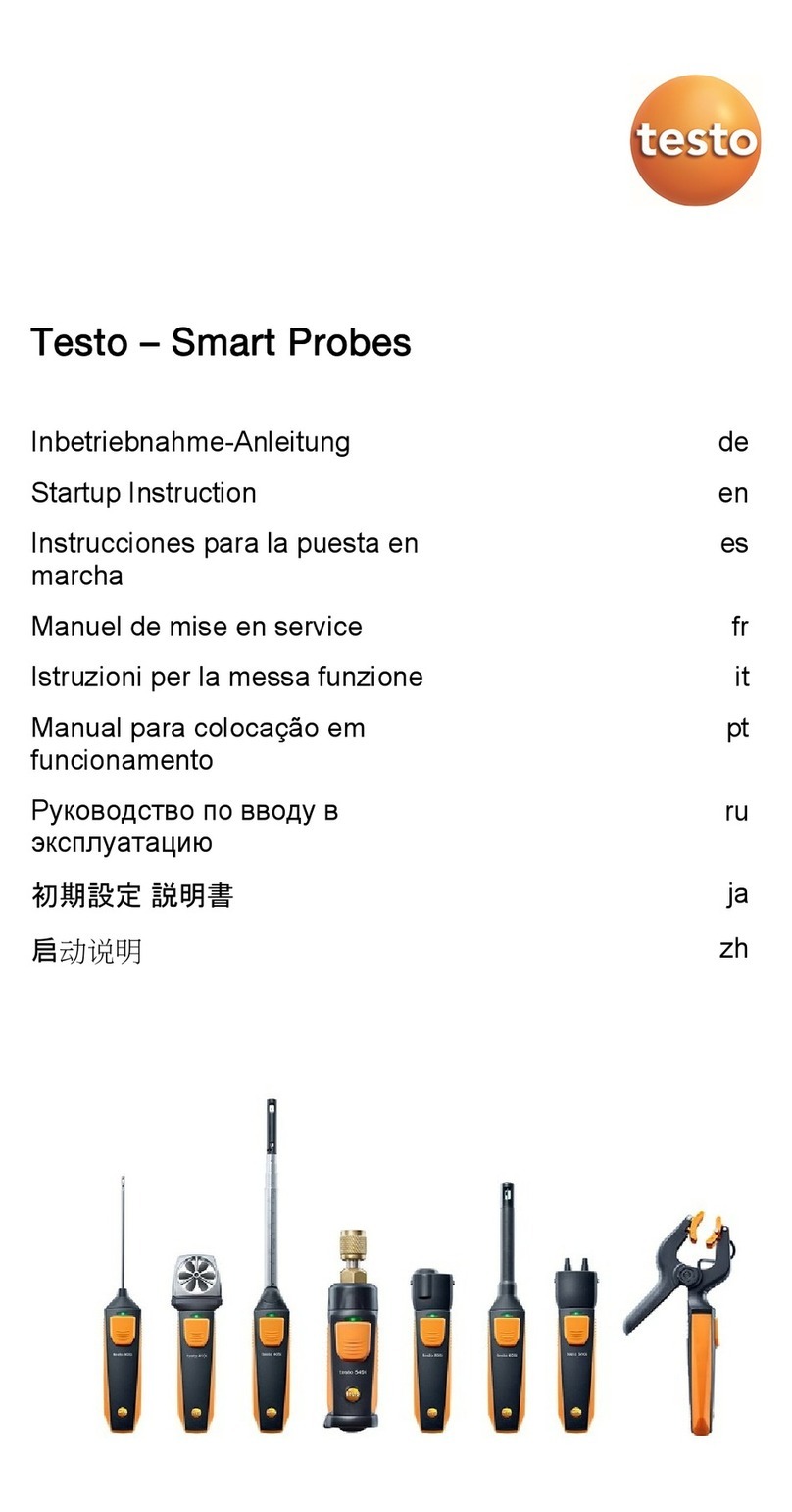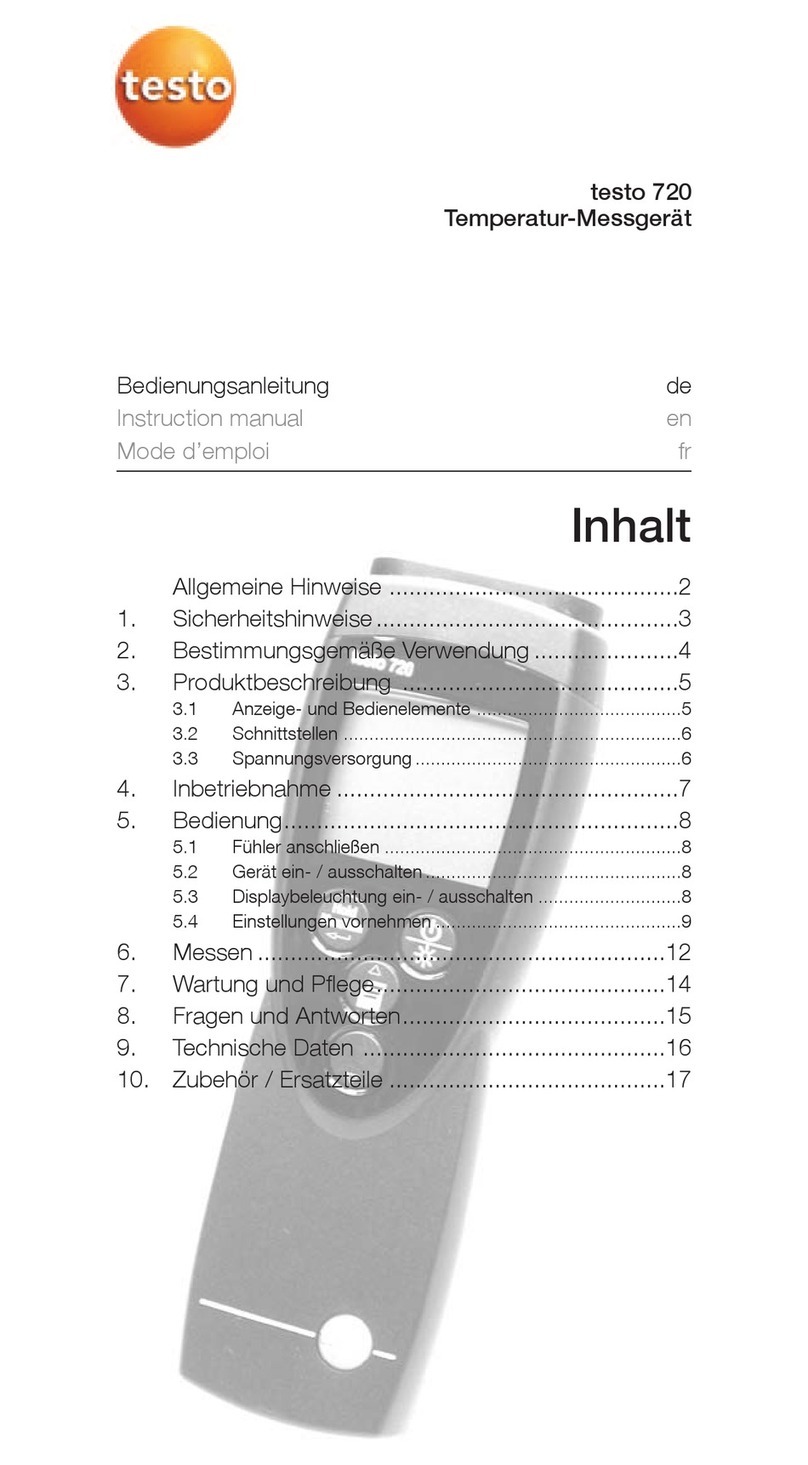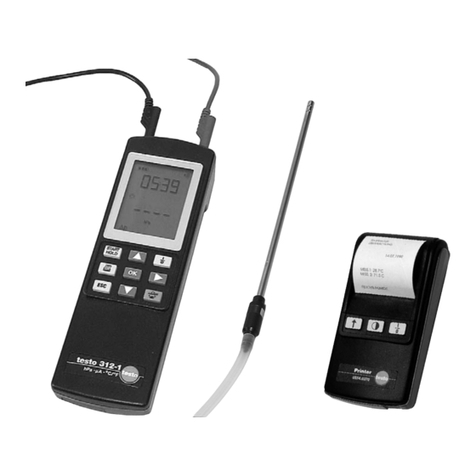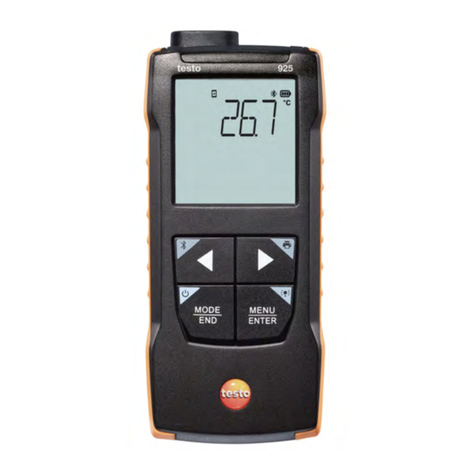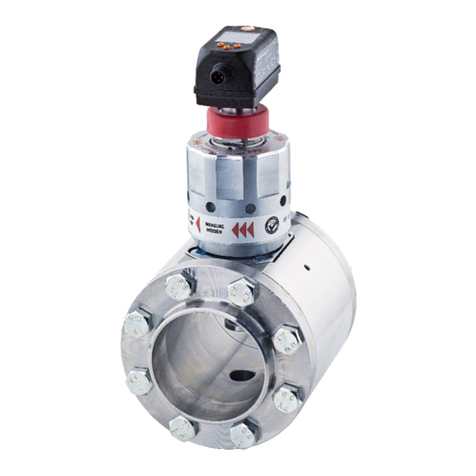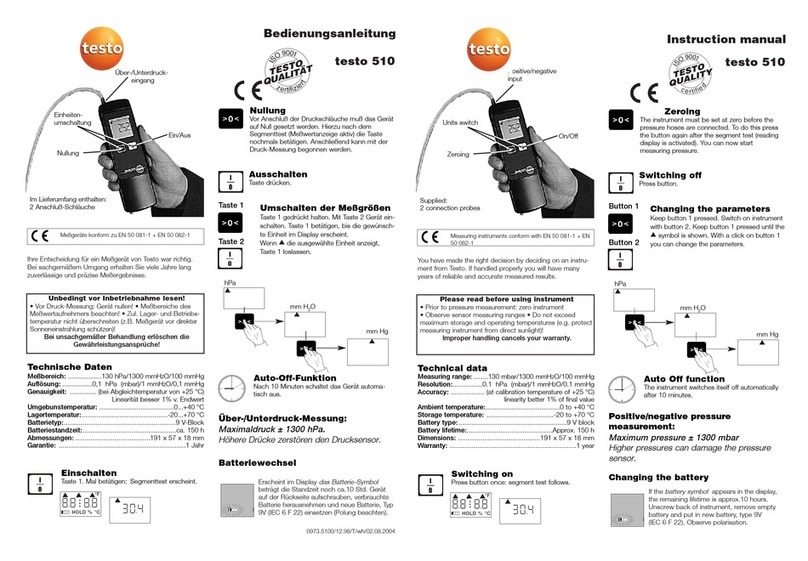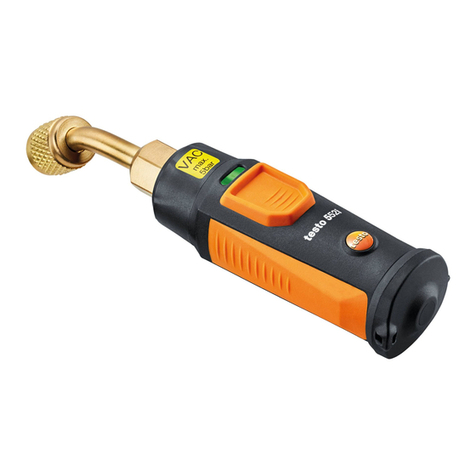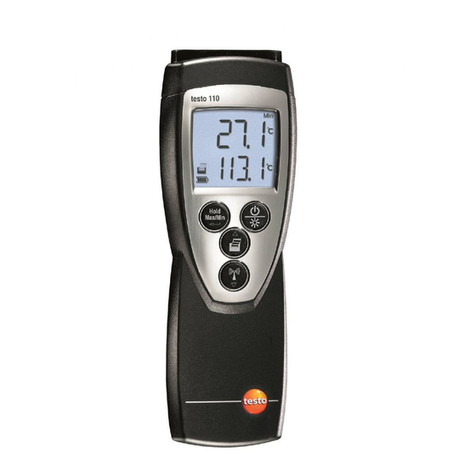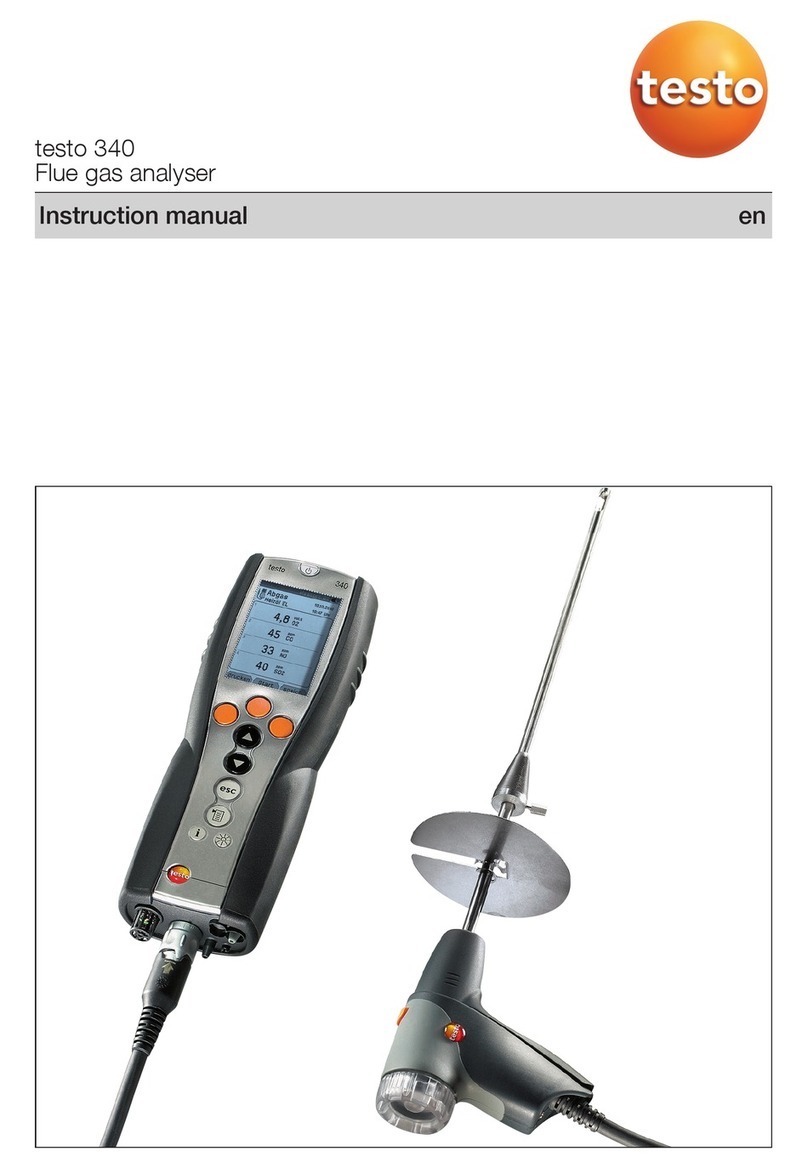First steps 7
2Setting parameters:
Button functions
· : Alter parameter.
· : Change to next parameter.
·OK : Store settings and leave configuration menu.
·esc : Leave configuration menu (without storing).
Settable parameters
·P=0: Set pressure sensors to zero
·bar,kPa,MPa,psi: Set pressure unit.
·Pabs,Prel or psia,psig(depending on pressure unit selected): Switch between display of absolute and
relative pressure.
·°C,°F : Set temperature.
·AutoOff off,on : Automatic switch-off (20min after the last time a button was pressed) switch on/off.
·24hr,am/pm : Switch between 24h and 12h time display.
·88:88 : Set time (hours, minutes).
·day,month,year : Set date (day, month, year).
Example “Set pressure unit”
1 Press function button or several times, until bar,kPa,MPa or psi flashes.
2 Press or several times, until the desired pressure unit appears.
3 Press function button or several times to switch to the next parameter
3Press function button OK to store the settings and leave the configuration
menu.
²Switching iinstrument ooff:
iPress .
²Operating vvalve kknobs:
The function of the valve knobs is independent of the valve position. For
easier operation, unlocking the knobs is recommended. For transport,
stowing the valve knobs is recommended.
iUnlock valve knobs: Press unlocking button.
iStow valve knobs: Press valve knobs into the housing.
The refrigeration system analyzer acts like a conventional two-way manifold
with respect to the refrigerant path: The passage is opened by opening the
valves. The connected pressure is measured measured independently of
whether the valves are open or closed.
iOpen valve: Turn the valve knob anti-clockwise.
iClose valve: Turn the valve knob clockwise.
Warning!
Tighten valve positioner only hand-tight. Do not use tools to tighten
the valve positioner, as the thread may be damaged thereby!
enfresitptsvnl????
